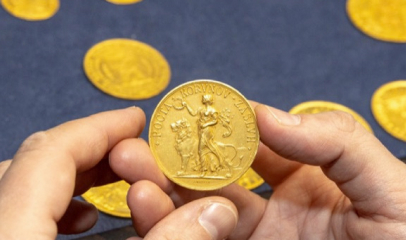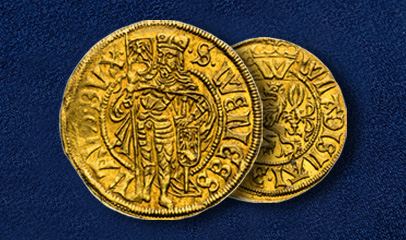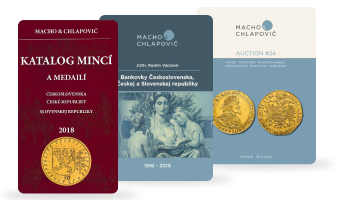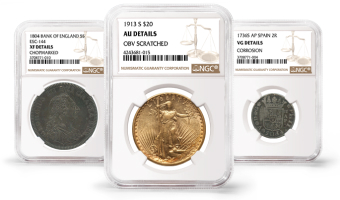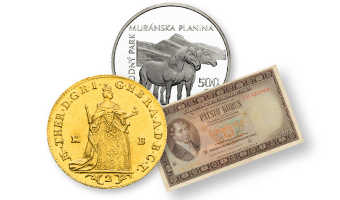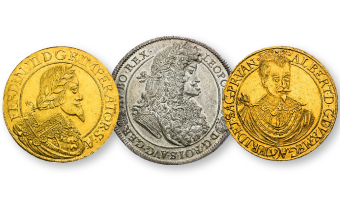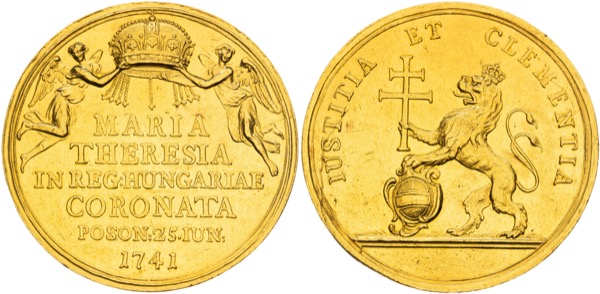
The stabilising initiatives for the monarchy
Maria Theresa’s father, Charles VI, ascended to the throne following the death of his brother, Joseph I. Early in his reign, he carried out several important and stabilising initiatives for the monarchy. Notably, the Treaty of Szatmár concluded the Rákóczi’s War of Independence in 1711, ending a series of anti-Habsburg uprisings. Additionally, the Treaty of Passarowitz brought an end to a centuriesold conflict with the Turks. One of Charles VI’s most prescient acts was the establishment of the Pragmatic Sanction, which ensured the succession and indivisibility of the Habsburg lands for his heirs, male or female – a move made well before the birth of his first child. His primary concern was securing the continuity of his lineage, prioritising his descendants over those of his father Leopold I or his late brother Joseph I.
Upon his death in 1740, Maria Theresa, his eldest daughter, ascended to the throne, as Charles VI had no surviving male heirs. Her reign was immediately challenged by the outbreak of the War of the Austrian Succession, with formidable opposition from Prussia and France.
REX HUNGARIAE
Maria Theresa was crowned Queen of Hungary in 1741, Queen of Bohemia in 1743, and finally, after intricate negotiations and her husband Franz Stephan of Lorraine’s coronation as Holy Roman Emperor in 1745, she assumed the title of Empress. The 1741 coronation in Bratislava, however, was particularly curious – not only was it her first, but it also marked a significant departure from tradition. Maria Theresa accepted the title of rex Hungariae (King of Hungary), rather than the customary title of queen consort. Her actions endeared her to the Hungarian nobility, a group historically resistant to Austrian rule. Through this alliance, she secured both financial resources and military support, crucial for stabilising her reign despite some territorial losses.
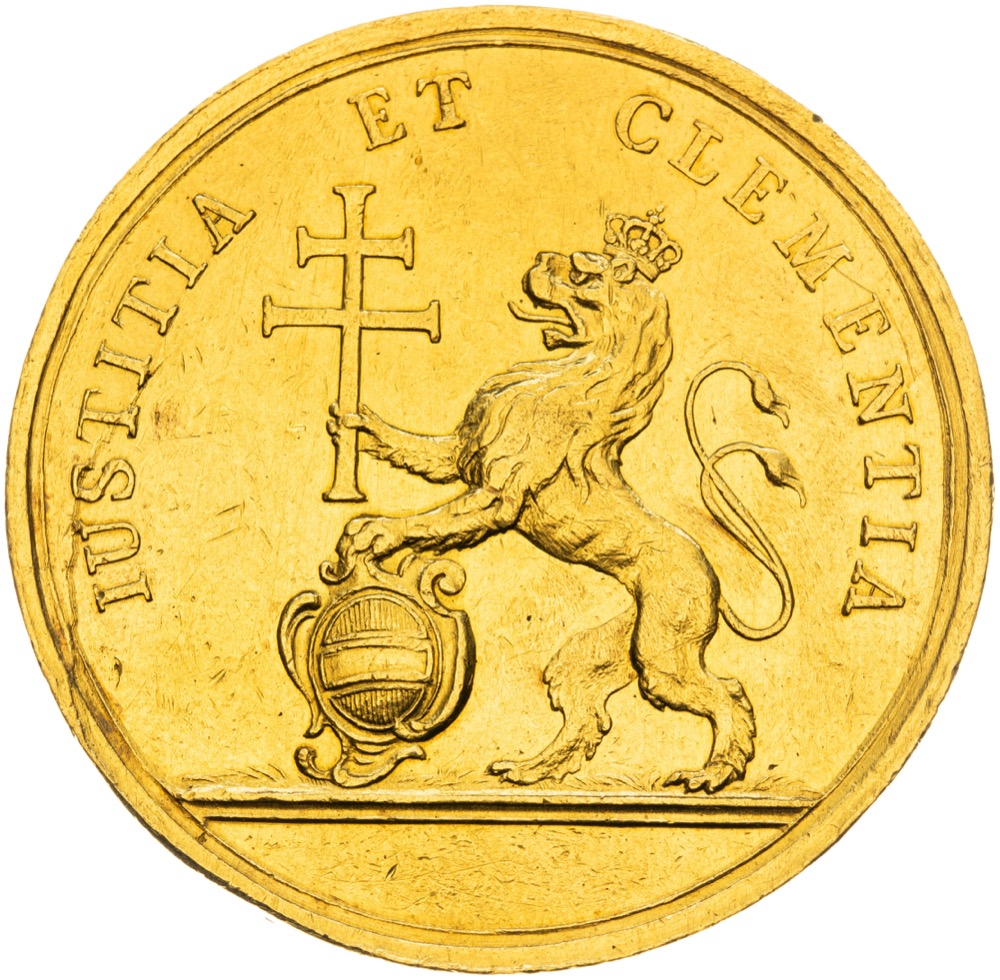
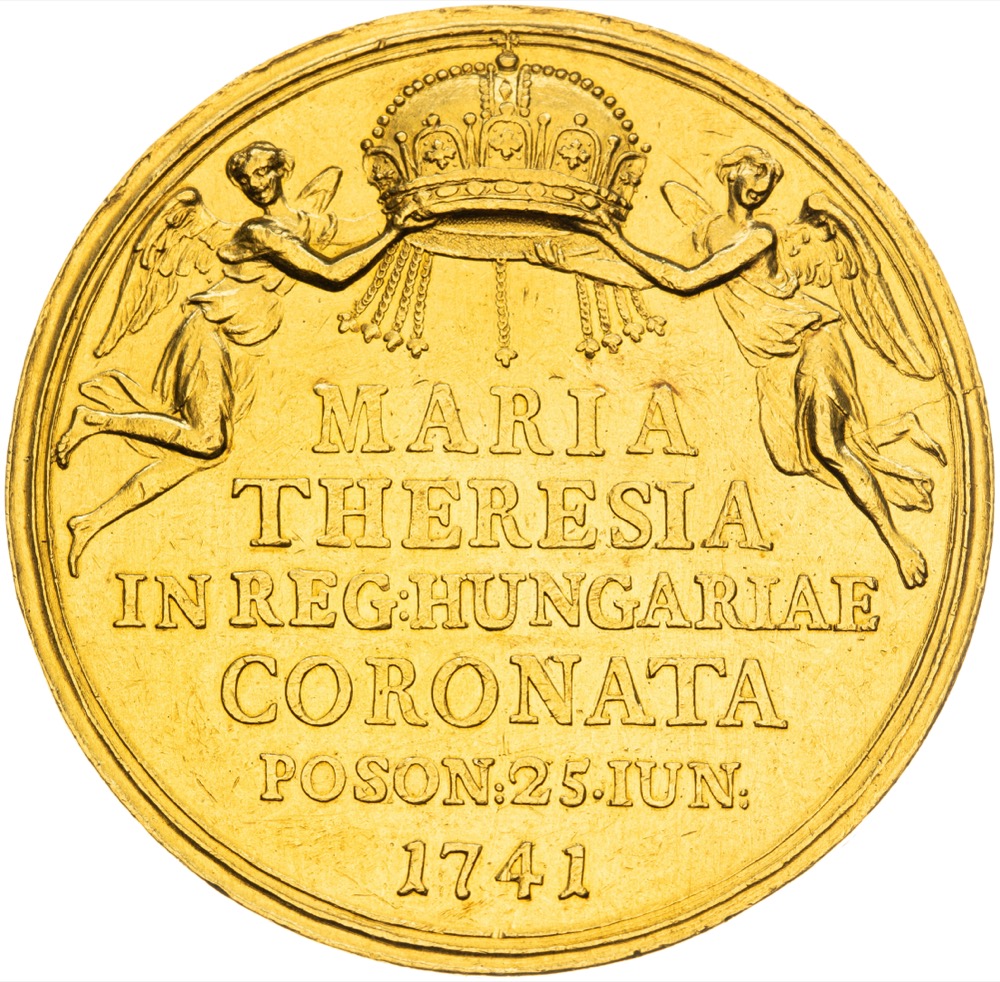
The coronation medals and tokens
The coronation of Maria Theresa in Bratislava took place on 25 June 1741. The task of crafting the coronation medals and tokens fell to Antonio Maria de Gennaro, Vienna’s chief engraver. The order was issued on 7 April 1741 – just two and a half months before the event. The medals bore the inscription JUSTITIA ET CLEMENTIA, meaning justice and clemency.
For the coronation, a single type of medal (weighing 15 ducats, auctioned under lot number 217.) and two types of tokens were produced: a large token (1 and 1/4 ducats, auctioned under lot number 220.) and a smaller one (3/4 ducats, auctioned under lot number 221.). Although the Vienna archives detail the planned production numbers, the final accounting records are missing so we do not know the actual number of pieces minted or the amount of material used. What we do know, however, is that 169 large gold tokens and 1,028 small gold tokens were supplied for the coronation ceremony.
The commemorative medals after the coronation
Beyond the medals and tokens produced for the actual coronation act, three accomplished medallists – Matthias Donner, Andreas Vestner, and Anton Franz Wideman – crafted commemorative medals after the coronation, likely intended as presentation medals. These medals depict the sovereign with a sword in hand, astride a rearing horse, with Bratislava Castle and the city’s skyline as a backdrop. This imagery powerfully conveys Maria Theresa’s resolve as a warrior queen, determined to defend her realm amid the Austrian Succession Wars. Two of these rare medals will feature in our next auction: a 10-ducat and a 5-ducat medal, both crafted by Anton Wideman (auctioned under lot number 218. and 219., respectively).
NUMISMATIC AUCTION #34
The floor auction will take place on Friday, 25 October 2024, at the Mandarin Oriental Hotel in Prague. The eLive auction will take place from Monday, 28 October 2024 (starting at 06:00 pm), to Thursday, 31 October 2024 (starting at 06:00 pm).

BIDDING METHODS:
The floor auction: in person on the floor, by phone, live bidding via the AUEX auction system, prebiddig via the AUEX auction system
The eLive auction: live bidding via the AUEX auction system, prebiddig via the AUEX auction system
THE AUEX AUCTION SYSTEM:
https://machochlapovic.auex.de/en-us/auctions/current


